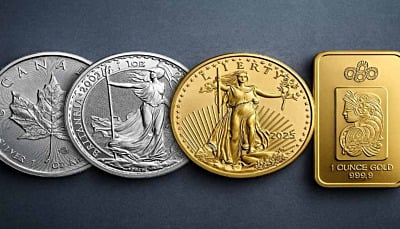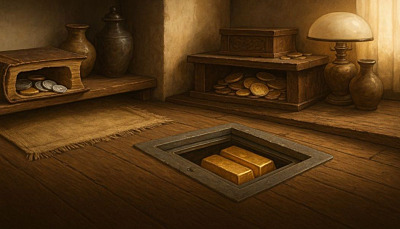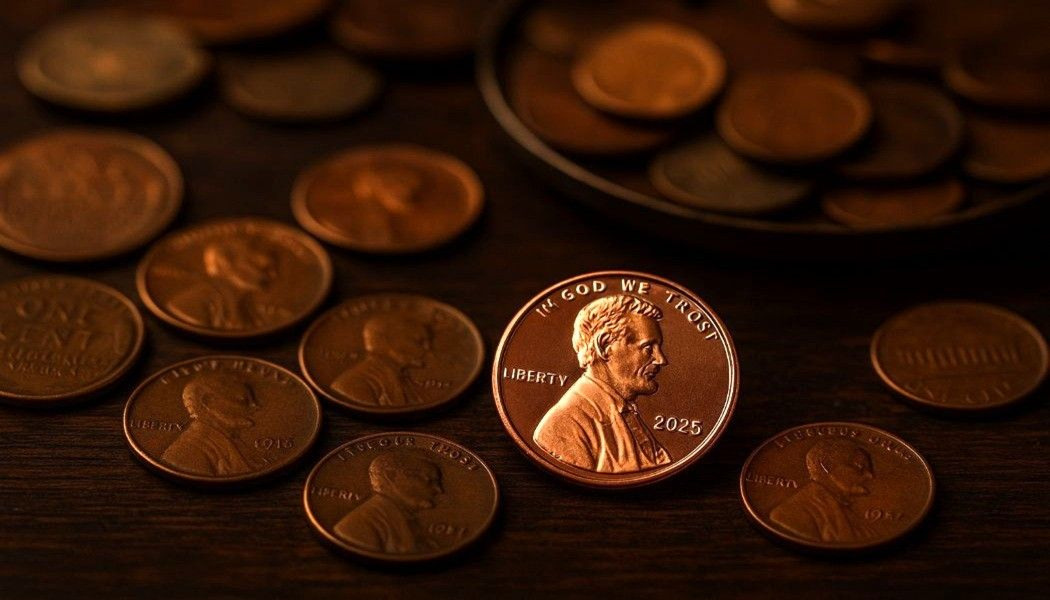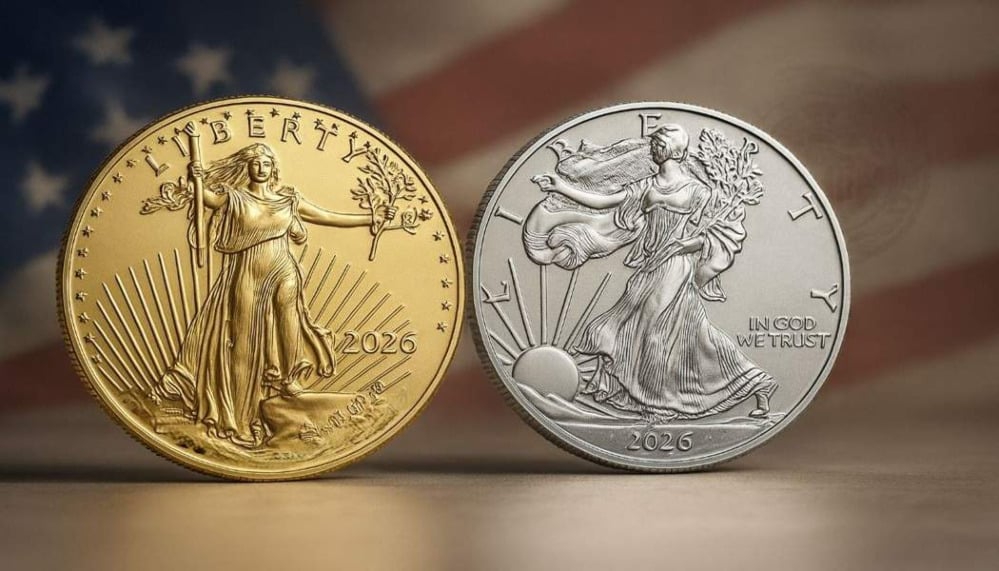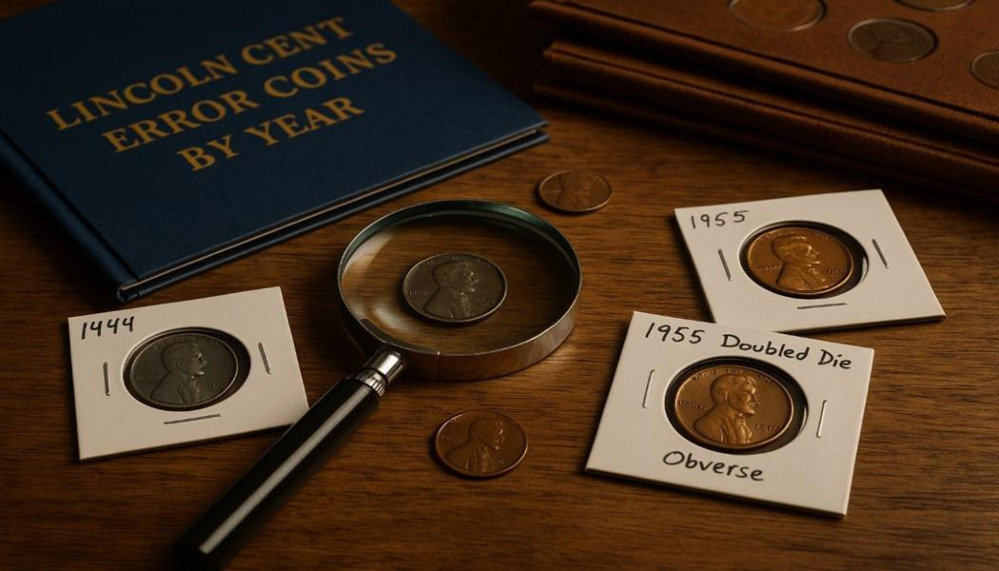A Historic Farewell to a National Icon
On November 12, 2025, the United States Mint marked a moment that will forever stand in American numismatic history — the ceremonial strike of the final circulating penny at its Philadelphia facility. The event, attended by U.S. Treasurer Brandon Beach, closed a remarkable 232-year chapter that began with the Coinage Act of 1792, the law that first authorized the nation’s smallest denomination.
For generations, the penny has symbolized everyday commerce, thrift, and tradition — a coin so common it seemed eternal. Yet, the economics of modern minting finally caught up with nostalgia. Producing each penny had risen to 3.69 cents per unit, making it costlier to strike than its face value and signaling the end of an era for America’s most recognizable coin.
Why the U.S. Mint Ended Penny Production
The Treasury’s decision to retire the penny was driven by cost inefficiency, declining circulation demand, and the nation’s shift toward digital transactions. In fiscal 2024, the penny made up nearly 57% of all coins struck, consuming extraordinary resources for a denomination that had largely lost its purpose in daily commerce.
As consumers increasingly rely on debit cards, mobile payments, and electronic transfers, small-denomination coins have become less relevant. Meanwhile, rising copper and zinc prices inflated minting costs far beyond the coin’s monetary worth. Ending production is projected to save approximately $56 million per year, while allowing the Mint to redirect capacity toward higher-value coins.
Even with production halted, the penny remains legal tender — and with an estimated 300 billion coins already in circulation, Americans will continue to see them in change for many years to come.
From Metal to Digital: America’s Monetary Evolution
The penny’s retirement reflects a larger truth about modern money: value is no longer confined to metal. Just as the nation once transitioned from silver to clad coinage, today’s economy is pivoting toward digital currency systems and contactless payments.
This moment is symbolic — the shift from copper to code mirrors a transformation in how Americans perceive value, savings, and exchange. For historians and collectors, it’s a vivid reminder that every major change in U.S. coinage represents both a technological step forward and a cultural turning point. From the original 1793 Flowing Hair Cent to Lincoln’s enduring portrait, the penny has reflected the nation’s growth, identity, and evolving sense of worth.
A Collector’s Market Emerges: The Penny’s Second Life
While everyday circulation of the penny has ended, its collectible journey has just begun. The U.S. Mint plans to continue producing limited numismatic editions for collectors — ensuring that Lincoln’s image endures as a piece of American artistry.
History shows that the end of a denomination often sparks renewed collector interest. Classic designs such as the Lincoln Wheat Penny (1909–1958) and Lincoln Memorial Cent (1959–2008) are already gaining attention, while final-year 2025 issues are expected to become key collectibles.
Particular interest will likely surround key-date varieties such as the 1909-S VDB and 1955 Doubled Die, as well as transitional compositions like the 1982 copper-zinc changeover. These pieces represent more than metal — they capture the narrative of a nation’s evolving currency and the artistry of American minting.
Economic Perspective: What the Penny’s End Teaches Investors
The penny’s discontinuation underscores a core principle shared across the precious metals market: when production costs exceed intrinsic value, change becomes inevitable. This reality resonates not just in copper and zinc, but also across gold, silver, platinum, and palladium.
As investors track the price of gold and the price of silver, this moment serves as a reminder that the physical composition of money remains deeply connected to its economic story. From bullion markets to minting policy, every fluctuation in spot prices influences how value is stored, circulated, and preserved. The penny’s retirement, while symbolic, illustrates how closely the economy’s smallest coin mirrors the market’s largest forces.
NYC Bullion Insight: Collecting History as It’s Made
With the close of penny production, the collecting community is already responding — and NYC Bullion stands at the forefront of this historic moment. As interest grows in early Lincoln cents, key-date varieties, and final-year 2025 issues, collectors are seizing the opportunity to own tangible pieces of this transition.
From rare Wheat Pennies to pristine uncirculated rolls, demand for iconic U.S. cents is expected to rise as public awareness spreads. For enthusiasts and investors alike, these coins represent more than nostalgia — they’re living artifacts of the American story.
At NYC Bullion, customers can explore a trusted selection of authentic U.S. coins, receive expert insights on market trends, and secure historically significant pieces before premiums climb. The end of the penny reminds us that even the smallest denomination can hold immense collectible and cultural value — a truth New York’s collectors have long appreciated.
A Legacy Cast in Copper
The ceremonial striking of the final penny closes one of the most enduring chapters in U.S. minting history, but its legacy will continue to shine. From the first large cents of 1793 to Lincoln’s portrait introduced in 1909, the penny tells the story of America’s growth — from a young republic to a digital-age economy.
Though the presses have stopped, the coin’s influence lives on. In collections, albums, and display cases across the country, the humble cent endures as a symbol of perseverance, heritage, and enduring value — proof that even the smallest coin can carry the greatest history.
Related reading you may find interesting:
The 1943 Bronze Penny: America’s Most Legendary Coin Mistake



